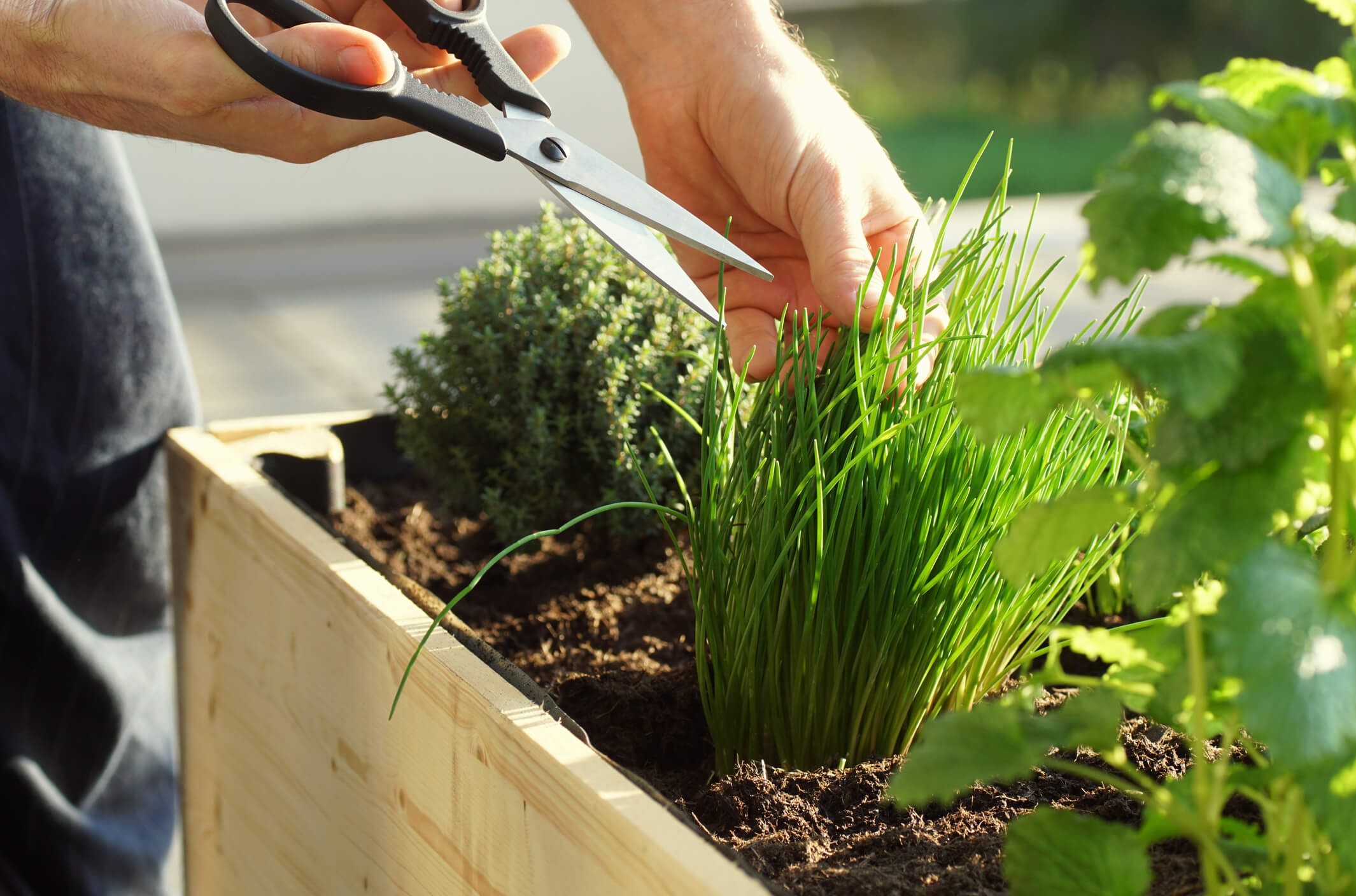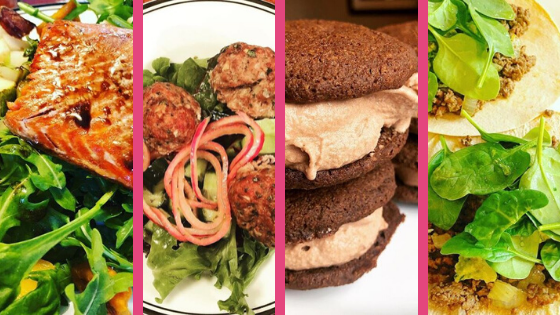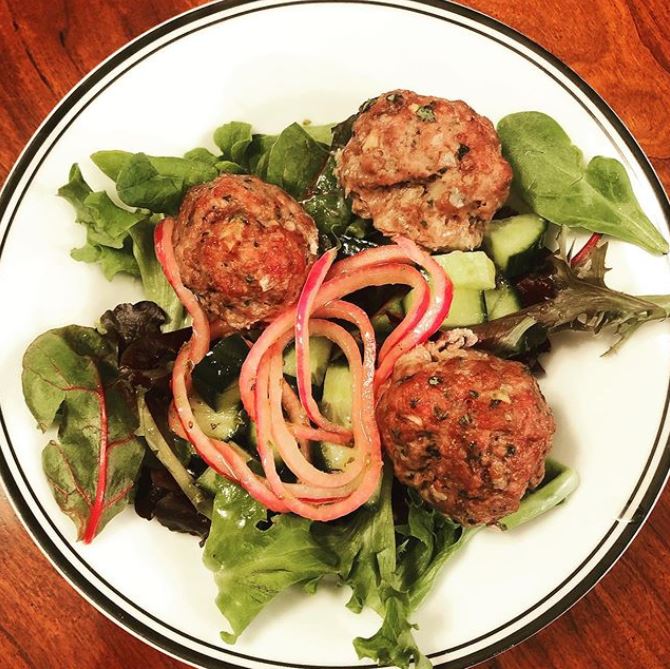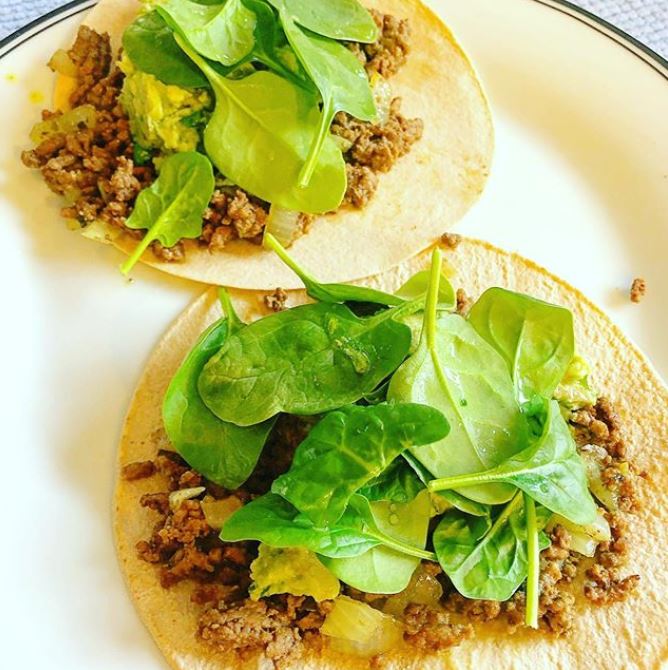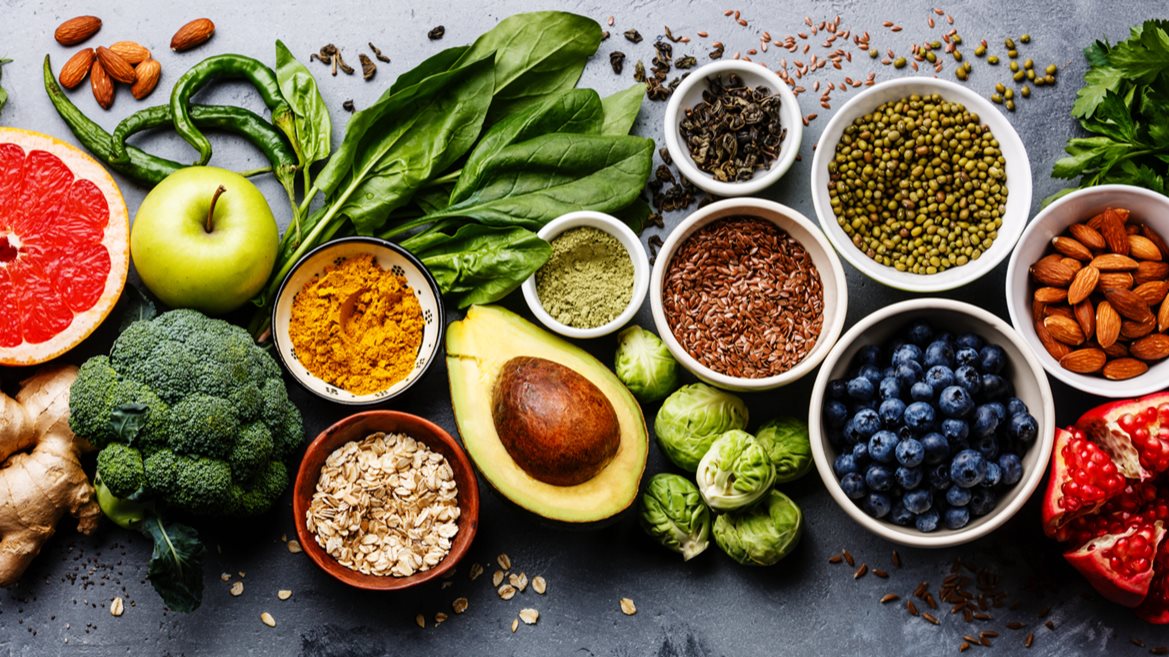The Health Benefits of Urban Gardening
*Hint* It’s not just better nutrition!
During colder months, you can keep planters of herbs indoors to make your cooking fresh and zesty. In summer, no matter the size, your backyard or balcony can be your sanctuary from the world and a source of nutrient-dense foods and aromatic herbs.
One of the most obvious benefits of producing your own food is that you get high quality, fresh, nutrient-dense fruits and veggies, and you are more likely to eat what is in season.
But the health benefits of gardening go far beyond the extra vitamins and minerals in your diet.
Clean Eating and Air-Purifying
No matter the size of your yard, you can start your own urban garden!
🥕 When you eat veggies grown in your home or yard you decrease your exposure to toxicants. Growing in your own home in some ways is the most organic way to grow – you control the use (or no use!) of pesticides or fertilizer. And you decrease your exposure to plastics that often contain harmful chemicals. If fact, you may be able to completely do away with food packaging completely. This is a huge plus since packaging is one of the most harmful and ubiquitous environmental pollutants that exist.
🍅 Plants are natural air purifiers! Certain types of plants have incredible air purification and breathing benefits so while you are outside working in the garden you are not only growing nutrient-dense food – you are growing an air-purifying system. An indoor mini-garden can do wonders for the air quality in your home.
What Gardening Improves
🍆 Gardening improves brain health. Large sets of data show that plants increase focus and attention. We, humans, evolved in settings with far more plants and far fewer computer screens than we are presently exposed to. While too much screen time is typically harmful to attention span and focus capacity, the presence of plants results in the opposite effects.
🌽 Gardening improves mood and overall well-being. Gardening has been shown to improve blood pressure, anxiety levels, and even job satisfaction. It can ground you and be a form of meditation.
🍇 Gardening improves immune function, and not only because of the increase in vegetable consumption. Just the exposure to plants plays a role in preventing illness.
🍓 Gardening feeds your soul. At the center of Linden & Arc Vitality Institute’s Core Nodes of Healing’ is mind, body, spirit, soul. Plants are aesthetically pleasing and also popular subjects of artwork adorning walls. Why not have real plants in your home, too?
Freedom in Urban Gardening
Ultimately, there is very powerful freedom of expression with gardening and it can 100% play a role in your healing journey. One of our favourite plants to grow are edible weeds like chives. They pop up like magic and make me so proud for being incredibly resilient, beautiful, and full of flavour. We also like our indoor herb garden to include basil and mint. Basil is aromatic for cooking with and mint leaves are a great addition to both hot and cold drinking water.
Mmm, sounds good, smells good, feels good, and tastes good, too!
